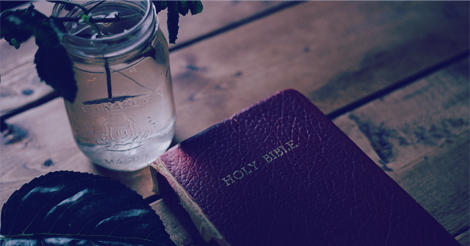Eucharist: The Presence of Real Peace
When we celebrate Jesus’ meal we aren’t just whistling in the dark. Bread and wine are taken up in the Eucharist into God’s future purposes, and become to us vehicles through which we can taste the fact that there is a new world, there is new hope, there is a new way to live and we are part of it.
In the bread and wine of the Eucharist, as in the sacrament of baptism, the past and future come to meet us in the present. God’s filling of all creation, like the grapes the children of Israel ate in the wilderness, anticipates our being strengthened, through the Eucharist, by the presence and life of Jesus – not just to defeat evil in our lives but also so that we can shine God’s light into the world.
N.T. Wright
[av_hr class=’invisible’ height=’25’ shadow=’no-shadow’ position=’center’ custom_border=’av-border-thin’ custom_width=’50px’ custom_border_color=” custom_margin_top=’30px’ custom_margin_bottom=’30px’ icon_select=’yes’ custom_icon_color=” icon=’ue808′ font=’entypo-fontello’ av_uid=’av-w6jn1x’]
Readings: Psalm 85:7-13, Ephesians 2:11-22, John 20:19-29
Reflection Questions: On Art, Scripture and Holy Communion
- The artist’s painting The Last Supper is a deliberate contrast from Leonardo Da Vinci’s iconic Renaissance fresco by the same name. In Willikens’ rendition there is an obvious elimination of figures, historic narrative and vivid color palette. Look at the painting. What is your immediate response to it? What draws you in or repels you? Is it intriguing, welcoming or uninteresting, uncomfortable? Why? With the elimination of the predicable figurative and color elements, what becomes your focus?
- Many experience the sense of “communion” in a full house, a meal populated with people, Sundays at church, or at an eventful celebration. But the human experience also comprises gray days and diffused light. Let the gray tones (grisaille), architecture, uncluttered stillness and absence of familiar narrative in the painting assist you in exploring how you experience yourself and God when life seems uneventful or monochromatic. How do you pray on days when life seems uneventful or monochromatic? What runs through your mind, how do you pray when alone with yourself and God?
- Sitting with N.T. Wright’s commentary about Holy Communion and Willikens’ painting, in what ways might you re-imagine emptiness as spaciousness or a creative grace offering new ways of tasting the fullness of life in God? Take a moment to envision what you’d bring to the table? Who would you invite to join you at the table? What stories would be shared?

